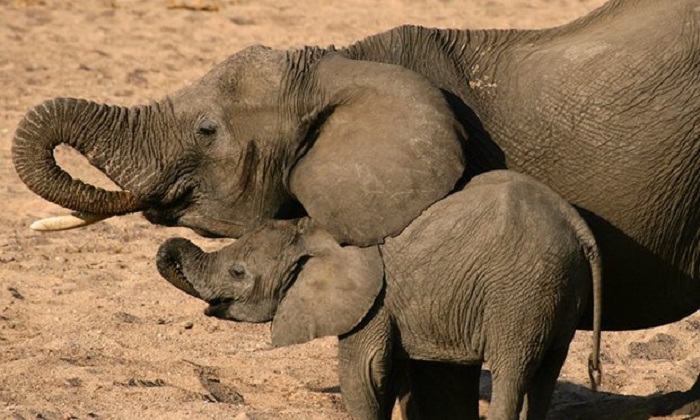Elephants could vanish from one of Africa`s key reserves within six years

“The population is at an historic low. and urgent measures are required to protect the remaining animals and return the population to a stable and sustainable size. If this trend continues, elephants could vanish from Selous by early 2022,” says the WWF in a new study.
But the park, which is also home to lions, leopards, wild dog, buffalo, hippo, crocodile and over 400 bird species, is also threatened by large scale mining. Nearly 75% of Selous is covered by oil and gas concessions, and 54 mining concessions have been awarded.
Mining could lead to water pollution and environmental degradation, says the report. “Extractive industries cause environmental degradation, including the destruction of wildlife habitats in the immediate area around exploration sites. In 2012, the boundary of the Selous World Heritage site was modified to enable the construction of a large scale uranium mine in the southern area of the reserve. Once operational, the mine is expected to produce about 60m tons of poisonous radioactive waste,” says the study.
Only 40 years ago Selous had nearly 110,000 elephants. But two waves of poaching have reduced numbers by 90%. By 2007 the population in the broader ecosystem which extends beyond the park, was down to 70,406. The second wave of poaching took place between 2010 and 2013 when an average of six elephants were killed every day by poaching syndicates.
According to WWF, the loss of wildlife could have huge financial consequences for Tanzania. The reserve currently generates $6m in annual revenues, which are distributed between the reserve, the national government, and more than 1.2 million people living in the surrounding area.
“The income-generating potential of the site relies on its large wildlife populations and pristine natural ecosystems. The loss of elephants and the degradation of habitats reduces Selous’ appeal to tourists, and also threatens the vital ecosystem services that it provides to local communities, such as water provision and carbon sequestration.
“If left unchecked, harmful industrial activities and poaching will dramatically reduce the value of the reserve, making it difficult for the site to provide sufficient wildlife protection or to become economically self-sustaining.”
The authors of the study urge the Tanzanian government to conduct a full social-economic valuation to assess the direct, indirect and non-use values of Selous to determine the impact of the proposed mining activities on Selous.
“The Tanzanian government should place equal value on the needs of current and future generations, and favour activities that drive long-term sustainable development and permanent job creation, such as carefully managed tourism, over those that prioritize profit in short-term such as oil, gas and mineral extraction,” says the study.















































